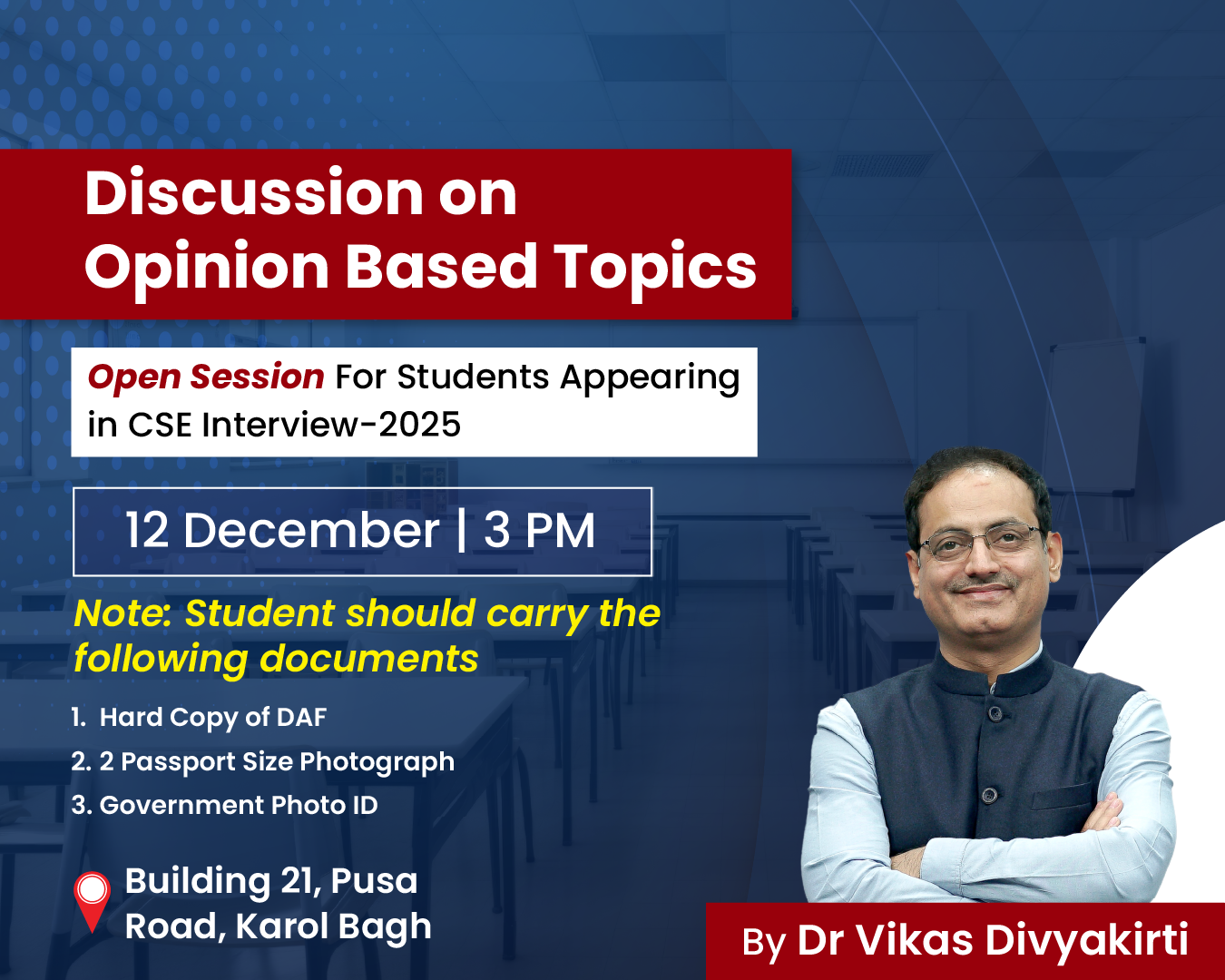-
17 Jun 2025
GS Paper 1
History
Day 2: "Amidst the political fragmentation and decline of imperial authority in 18th-century India, Ahilyabai Holkar emerged as a ruler who integrated dharmic ideals, administrative efficiency, and cultural stewardship”.Discuss. (150 words)
Approach :
- Briefly contextualize Ahilyabai Holkar’s rule in 18th-century India.
- Discuss her role and achievements.
- Conclude with her current relevance and legacy.
Introduction:
The 18th century in India was marked by the disintegration of the Mughal Empire, leading to political instability and the rise of regional powers. Amidst this fragmentation, Ahilyabai Holkar (r. 1767–1795) of Malwa emerged as a rare example of enlightened rulership, combining moral authority, efficient governance, and cultural patronage.
Body :
- Dharmic Ideals
- Ahilyabai’s rule was deeply rooted in dharmic principles, emphasizing justice, compassion, and duty.
- She was accessible to her subjects, holding daily public audiences and ensuring swift, fair justice.
- She rejected oppressive customs, such as sati, and promoted the welfare of widows and the marginalized, embodying the ideal of a benevolent, ethical ruler.
- Her reign was seen as a “period during which perfect order and good government prevailed and the people prospered,” reflecting the dharmic vision of righteous governance.
- Administrative Efficiency
- Ahilyabai transformed Indore into a progressive and prosperous region, focusing on both civil and military administration.
- She established efficient systems for justice and arbitration, modernized her army with the help of foreign experts, and promoted economic growth through fair taxation and support for agriculture and artisans.
- Her innovative policies included distributing land to poor farmers, requiring them to plant fruit-bearing trees for both personal and state benefit (the ‘Nine-Eleven Act’), and establishing a separate department for water conservation.
- The region’s economy grew significantly under her rule, and she provided infrastructure and loans to artisans, supporting traditional crafts and industries.
- Cultural Stewardship
- Her most enduring legacy lies in her pan-Indian temple renovations and constructions.
- She rebuilt the Kashi Vishwanath Temple and restored shrines at Somnath, Dwarka, Gaya, Rameswaram, among others.
- Sponsored Vedic schools, Sanskrit scholars, and religious festivals, fostering a cultural renaissance.
Conclusion:
Ahilyabai Holkar stands as a powerful symbol of both women-led development and governance. Her statue in the Parliament of India honors her as one of the greatest Indian rulers. She was posthumously honored with the title “Punyashlok”, meaning the righteous one, a fitting tribute to her noble deeds.





